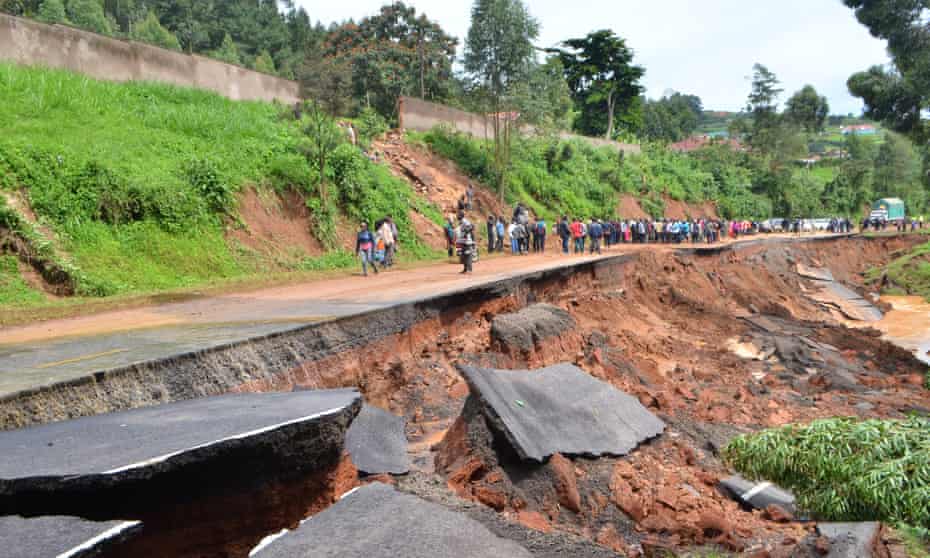
Uganda: East Africa was affected by landslides and flash floods
By Ahmad Hadizat Omayoza, Mamos Nigeria
In many parts of east Africa, the rainy season ends in May. But this does not mean that the destruction is over.
In parts of Rwanda and Uganda, flash flooding occurred as a result of last week’s heavy rainfall, which began late on May 2 and continued all day. These torrential downpours continued until May 4, when more rain arrived later in the week.
The Sebeya River in Rwanda burst its banks and destabilized slopes as a result of this rainfall. This prompted a few avalanches across bumpy Rwanda, with true reports counting 127 passings, 5,100 properties obliterated, and a further 2,500 somewhat harmed.
Portions of Uganda were likewise impacted by these glimmer floods, with a revealed six passings connected to an avalanche.
Weighty downpour was additionally announced in west Africa recently. On May 9 and 10, a number of storms impacted northern Sierra Leone, causing some flash flooding. The capital, Freetown, was quite possibly of the most exceedingly terrible impacted region, with a few vehicles washed away in the storm and structures severely harmed. In addition, six deaths were attributed to a wall collapse, and ten more were attributed to a landslide as a house collapsed.

In southern Asia, the primary tornado of the time has created over the Narrows of Bengal. Indian meteorologists gave Cyclone Mocha its official name on Thursday. This is generally identical to a class 2-3 typhoon.
Mocha will intensify as it moves north-east over the next few days under the influence of the warm sea water and may be upgraded further. Mocha is expected to land on the Bangladesh-Myanmar border late on Saturday night, according to current forecasts.
Storm surges of one to two meters and winds of about 90 mph (145 km/h) are anticipated to reach land. Everyday precipitation sums above 100mm are normal broadly in the way of the typhoon, with sloping districts seeing 200-300mm more than 24 hours. People who live on ground that is both low and hilly run the risk of flash flooding and landslides.
